Why the world’s most ambitious array of submillimeter antennas continues to reap astronomical dividends.





Four organizations representing the nation’s major research institutions and medical schools today wrote to congressional leaders, urging them to increase research spending at federal science agencies by some 15%, or $13 billion, in order to prevent students and researchers in all scientific disciplines from going broke, to help closed laboratories restart once the pandemic eases, and to cover other unanticipated costs to the academic research enterprise.
Academic scientists plead for help to both conquer COVID-19 and limit its damage.
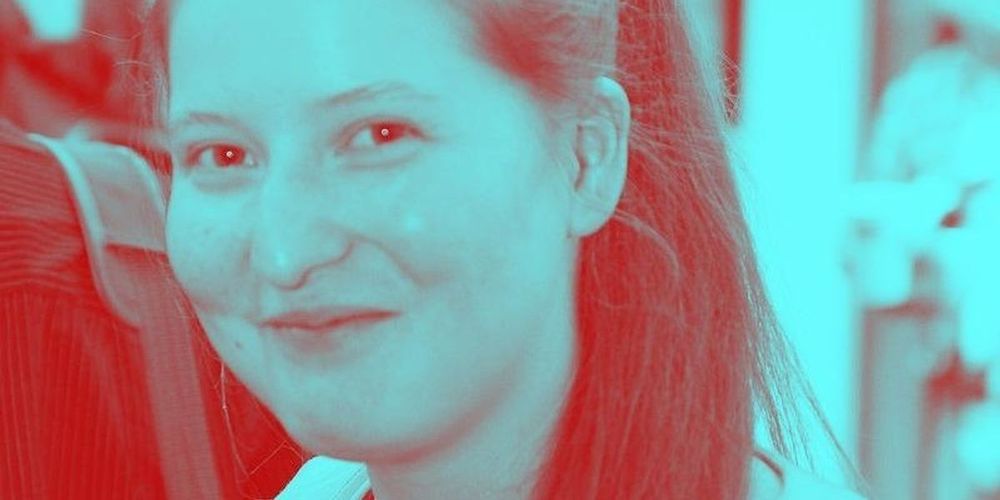
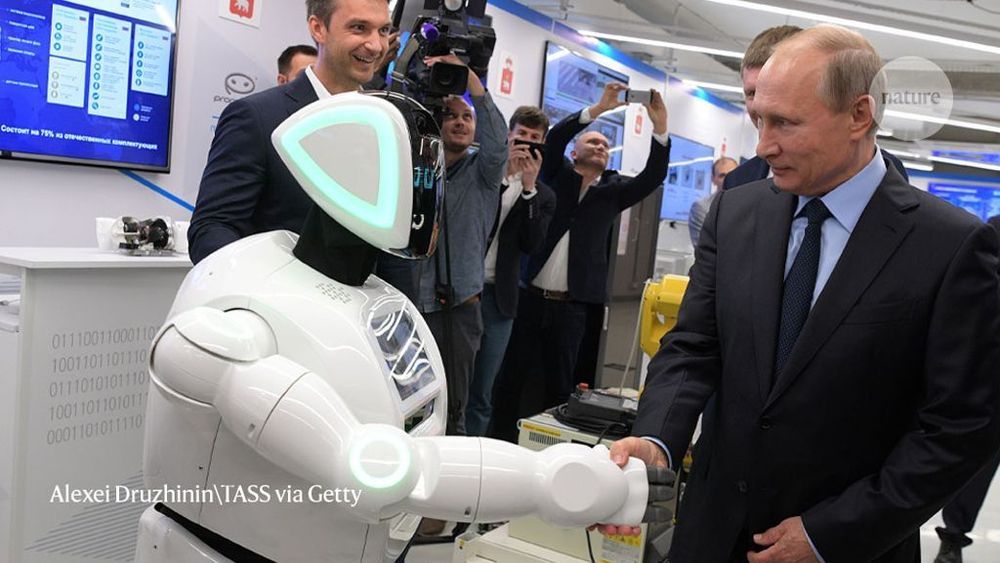
In 2018, Putin approved a national research strategy that stretches to 2024. It calls for more money, extra support for early-career scientists, and some 900 new laboratories, including at least 15 world-class research centres with a focus on mathematics, genomics, materials research and robotics. Last year, the government completed a sweeping evaluation of scientific performance at its universities and institutes; it has vowed to modernize equipment in the 300 institutes that made the top quartile. And it says it wants to strengthen previously neglected areas, including climate and environmental research (see ‘Russia’s climate-science ambitions’).
Some researchers see promise in planned reforms.

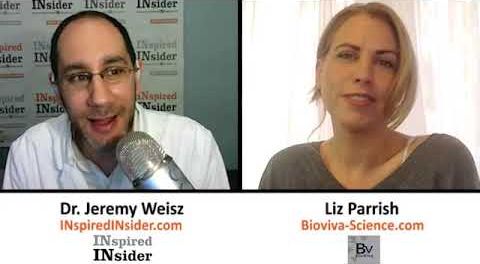
Reversing aging with gene therapy:
Check out http://InspiredInsider.com — Insider Stories with Top Leaders and Entrepreneurs on INspiredINsider.com with Dr. Jeremy Weisz.
Other Entrepreneurs featured on InspiredInsider include founders of P90 X — Tony Horton, Einstein Bagels, Atari, and Baby Einstein and many more.
All Time Favorites:
Founder of P90X — http://www.inspiredinsider.com/tony-horton-p90x-interview/
Founder of Atari — http://www.inspiredinsider.com/nolan-bushnell-atari-brainrush-interview/
Founder of Einstein Bagels — http://www.inspiredinsider.com/noah-alper-noahsbagels-interview/
The Infomercials King Ron Popeil — http://www.inspiredinsider.com/ron-popeil-one-question-inspires/
InspiredInsider Social Media Links:
Twitter: https://twitter.com/inspireinsider
FACEBOOK: https://www.facebook.com/INspiredINsider/
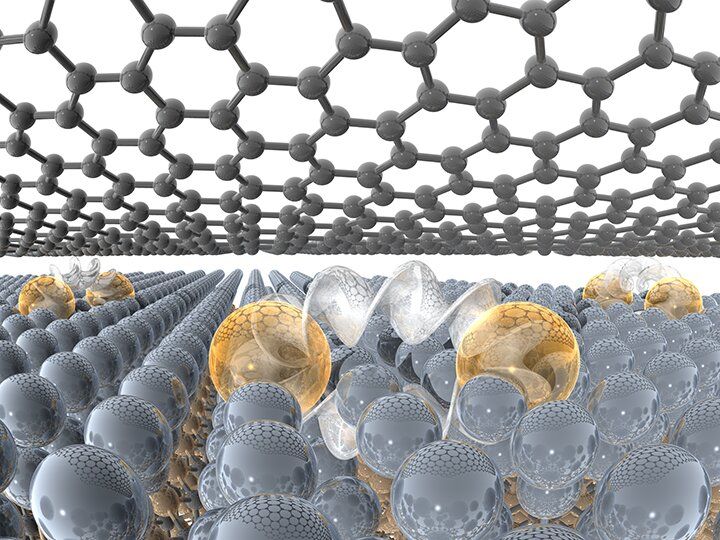
An atomically thin materials platform developed by Penn State researchers in conjunction with Lawrence Berkeley National Lab and Oak Ridge National Lab will open a wide range of new applications in biomolecular sensing, quantum phenomena, catalysis and nonlinear optics.
“We have leveraged our understanding of a special type of graphene, dubbed epitaxial graphene, to stabilize unique forms of atomically thin metals,” said Natalie Briggs, a doctoral candidate and co-lead author on a paper in the journal Nature Materials. “Interestingly, these atomically thin metals stabilize in structures that are completely different from their bulk versions, and thus have very interesting properties compared to what is expected in bulk metals.”
Traditionally, when metals are exposed to air they rapidly begin to oxidize—rust. In as short as one second, metal surfaces can form a rust layer that would destroy the metallic properties. In the case of a 2-D metal, this would be the entire layer. If you were to combine a metal with other 2-D materials via traditional synthesis processes, the chemical reactions during synthesis would ruin the properties of both the metal and layered material. To avoid these reactions, the team exploited a method that automatically caps the 2-D metal with a single layer of graphene while creating the 2-D metal.
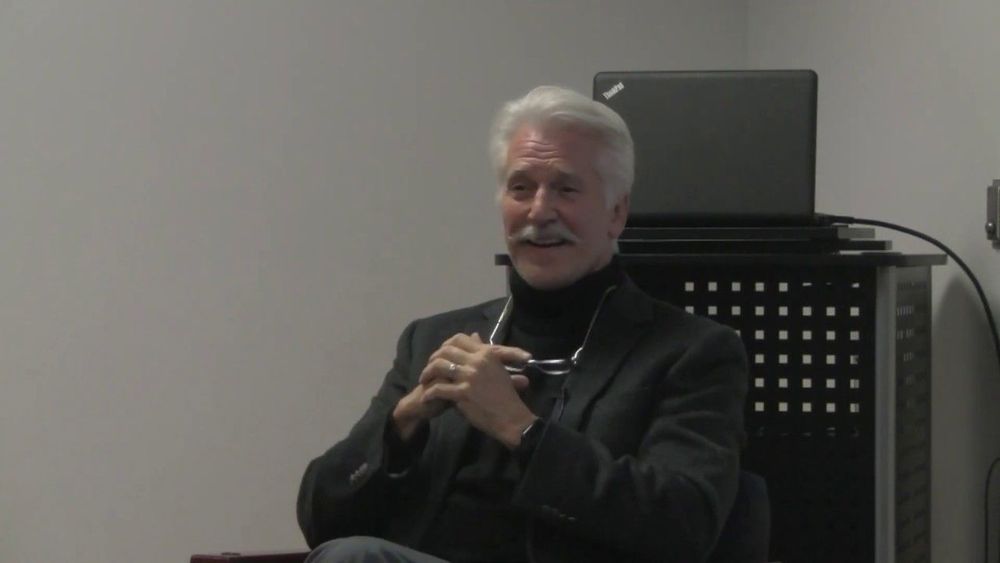
Journalist Chip Walter visited our friends at Willoughby-Eastlake Public Library earlier this month to discuss his new book, “Immortality, Inc.” Walter discusses the resources (both the brilliant people and astonishing amount of money) being dedicated to seeing if people do, in fact, have to die.